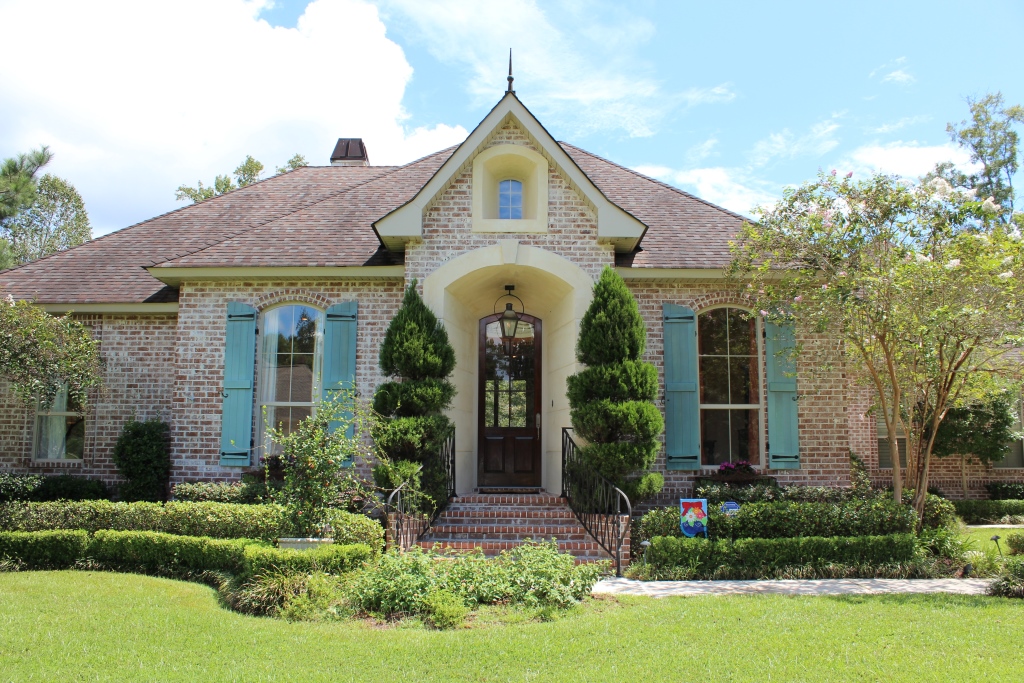
Mandeville is a city in St. Tammany Parish, Louisiana, United States. The population was 11,560 at the 2010 census.[1] Mandeville is located on the North Shore of Lake Pontchartrain, south of Interstate 12. It is across the lake from the city of New Orleans and its southshore suburbs. It is part of the New Orleans–Metairie–Kenner metropolitan area.
History
The area had long been agricultural land when the town of Mandeville was laid out in 1834 by developer Bernard Xavier de Marigny de Mandeville, more often known as Bernard de Marigny. In 1840 Mandeville was incorporated as a town. It became a popular summer destination for well-to-do New Orleanians wishing to escape the city’s heat.
In the mid-19th century, regular daily steamboat traffic between New Orleans and Mandeville began, and by the end of the Victorian era, it had become a popular weekend destination of the New Orleans middle class as well. Bands would play music on the ships going across the lake and at pavilions and dance halls in Mandeville, and the town became one of the first places where the new “jazz” music was heard outside of New Orleans. Bunk Johnson, Buddy Petit, Papa Celestin, George Lewis, Kid Ory, Edmond Hall, Chester Zardis, and many other early jazz artists regularly played in Mandeville.
Two buildings from early jazz history still stand in Mandeville. Ruby’s Roadhouse has been in continuous operation since the 1920s (formerly Buck’s Brown Derby and Ruby’s Rendezvous) and is still a popular bar and live music venue today. The Dew Drop Social and Benevolent Hall, listed on the National Register of Historic Places, opened in January 1895. For years the Hall hosted some of the jazz greats and was reopened in 2000 as the Dew Drop Jazz & Social Hall, a live jazz venue. (This was one of the earliest “Dew Drop” dance halls; venues across the South were similarly named, including the club in New Orleans where Little Richard got his start.)
In 1956, the first span of the Lake Pontchartrain Causeway opened to automobile traffic. A second span was added in 1969. The new road spurred the growth of Mandeville and the surrounding area as a suburban commuter community for people working in New Orleans. This trend increased in the 1980s and 1990s, further integrating Mandeville into the Greater New Orleans metropolitan area.
Mandeville is also home to the largest certified southern live oak tree, the Seven Sisters Oak.
Geography
Mandeville is located at 30°22′9″N 90°4′41″W (30.369282, -90.078006)[7] and has an elevation of 7 feet (2.1 m).[8]
According to the United States Census Bureau, the city has a total area of 6.8 square miles (17.7 km2), of which 6.7 square miles (17.4 km2) is land and 0.12 square miles (0.3 km2), or 1.55%, is water.[9]
The Tchefuncte River flows through Madisonville, where a human operated swing bridge still connects suburban Mandeville to Madisonville.
This information, modified for brevity, is provided courtesy of Wikipedia and is licensed under the terms of the Creative Commons License.



